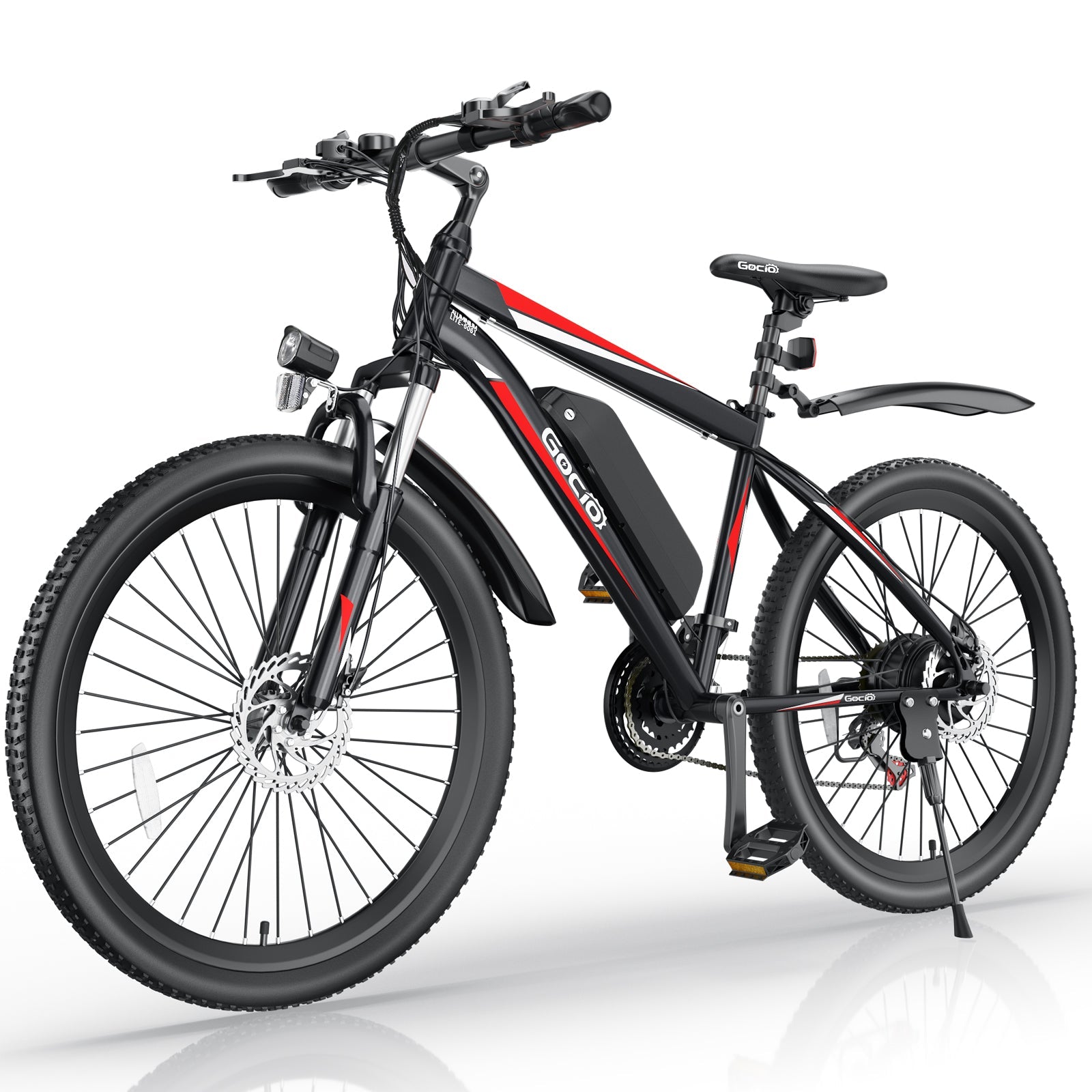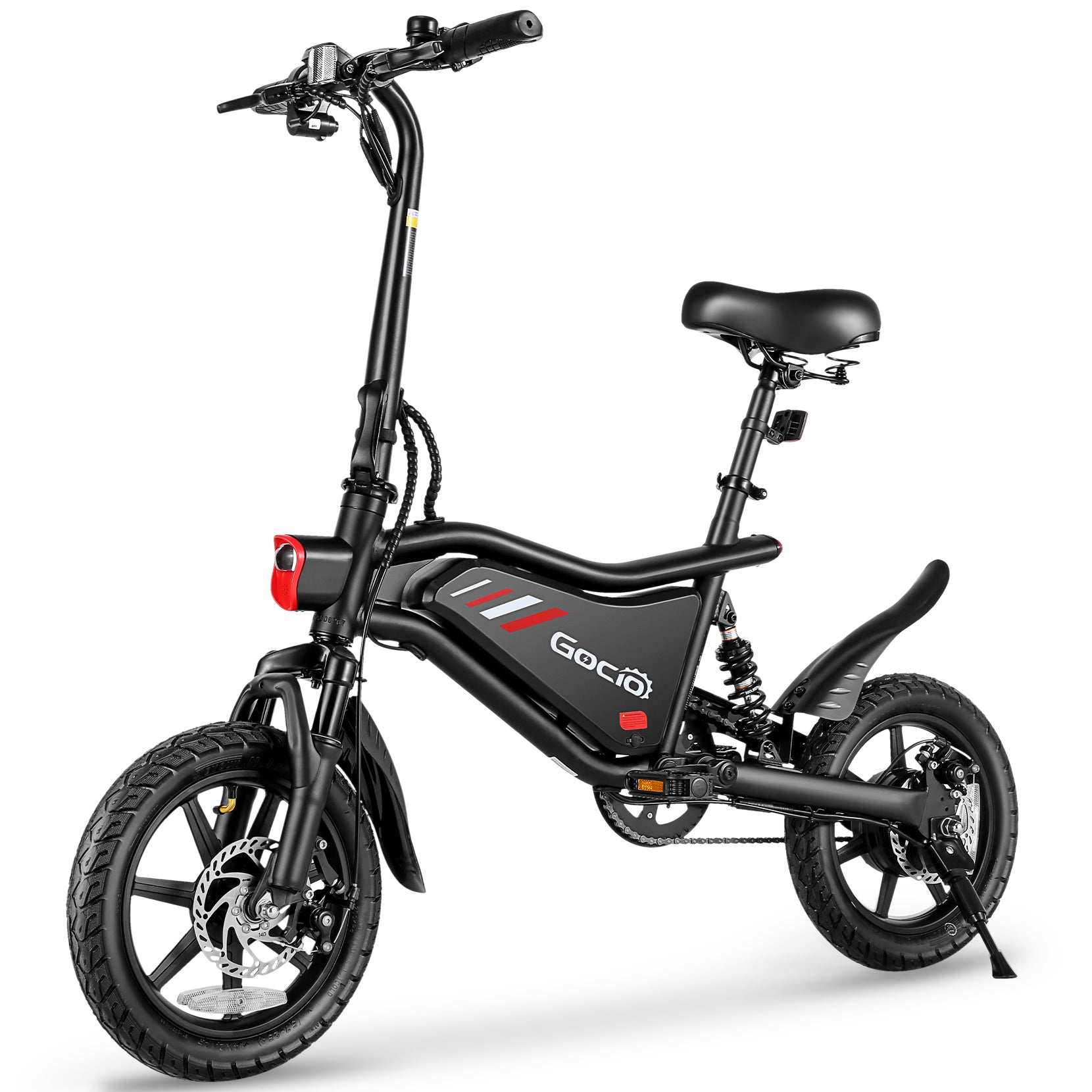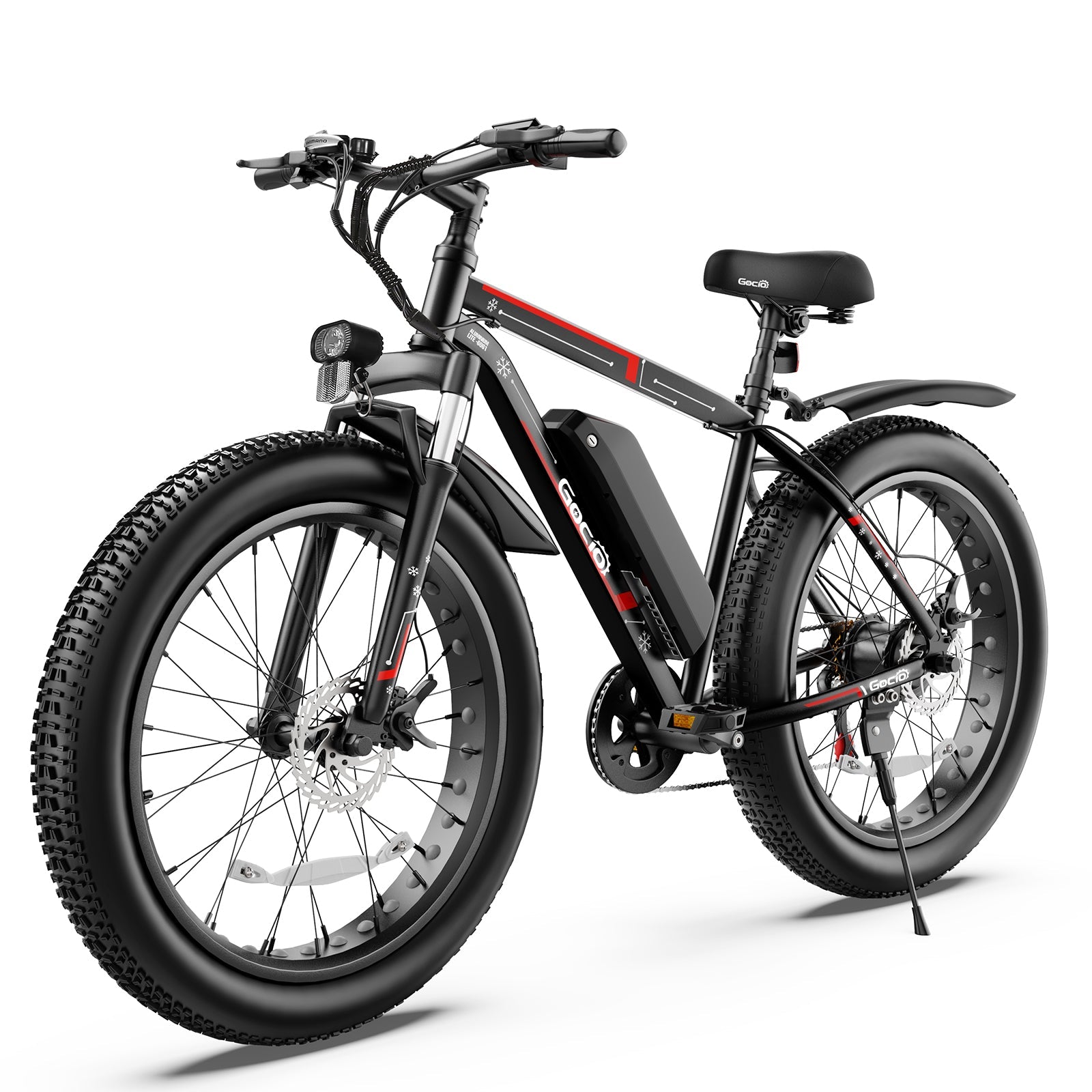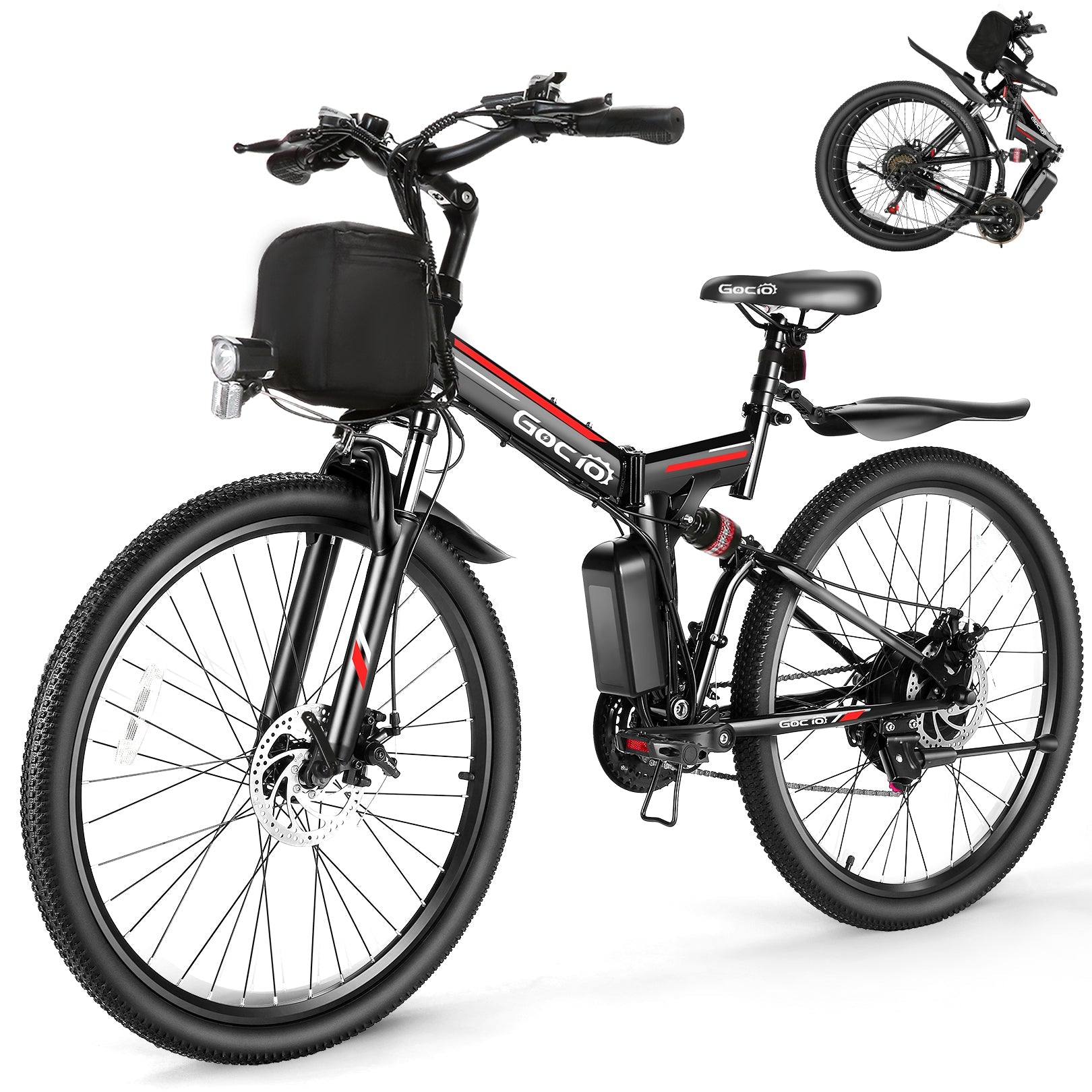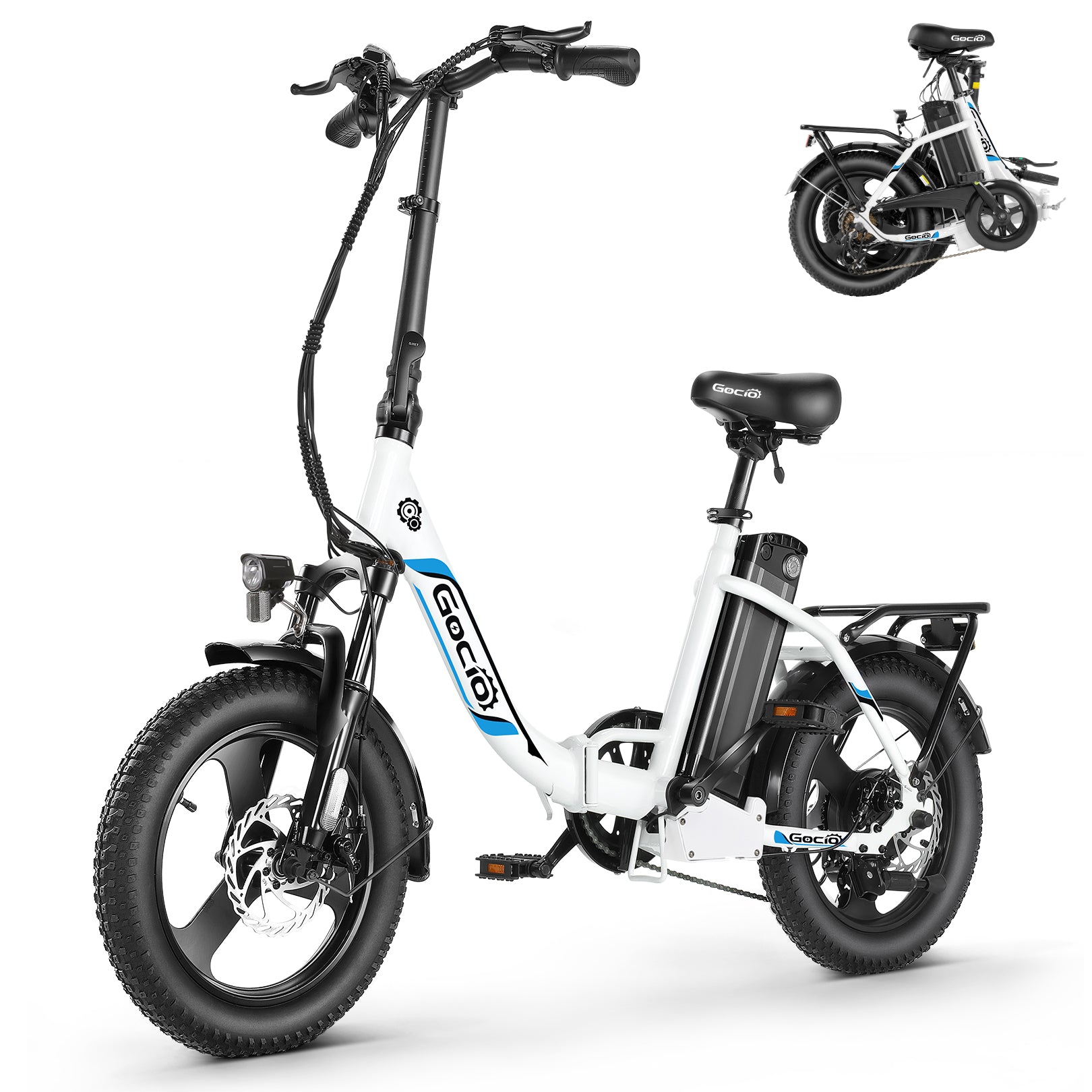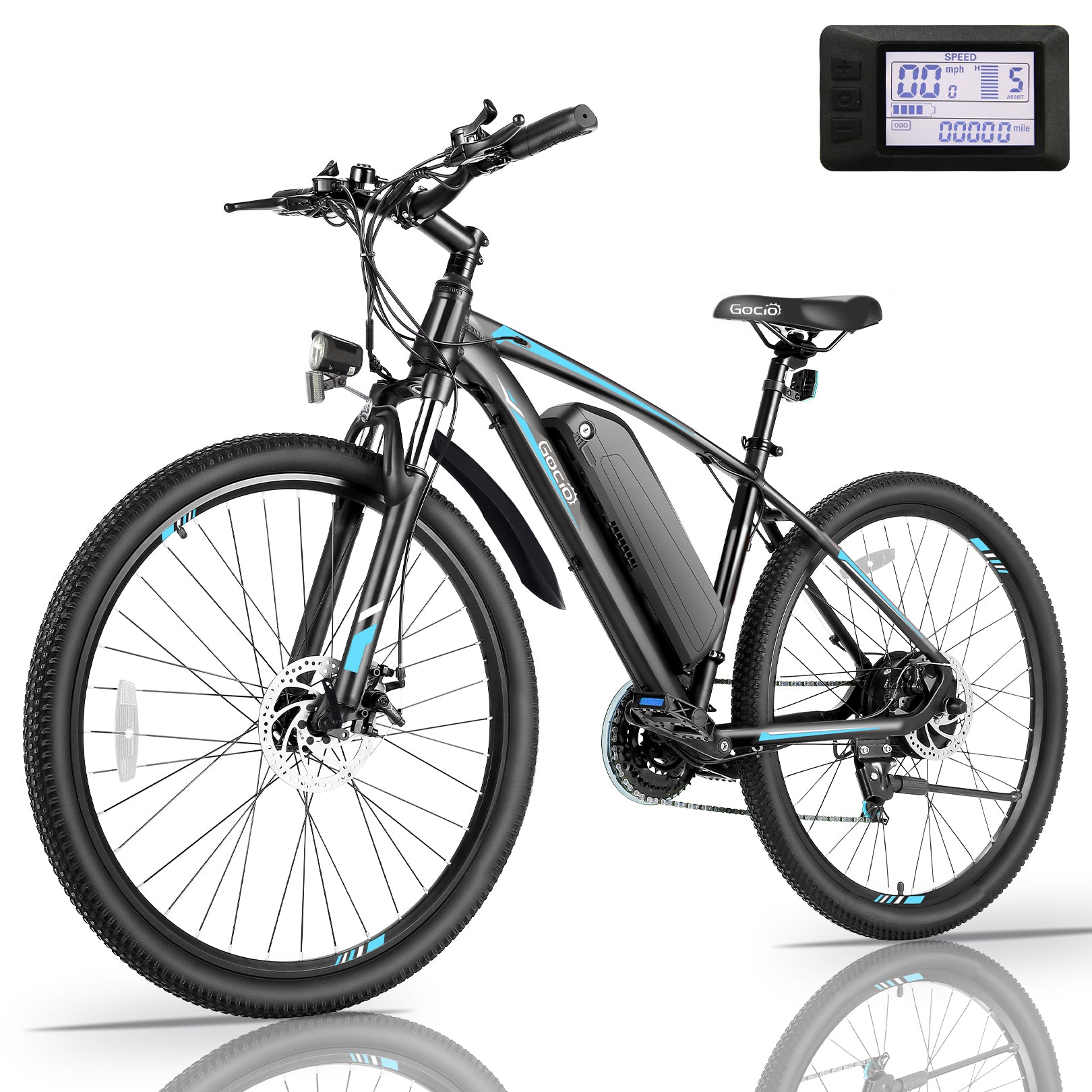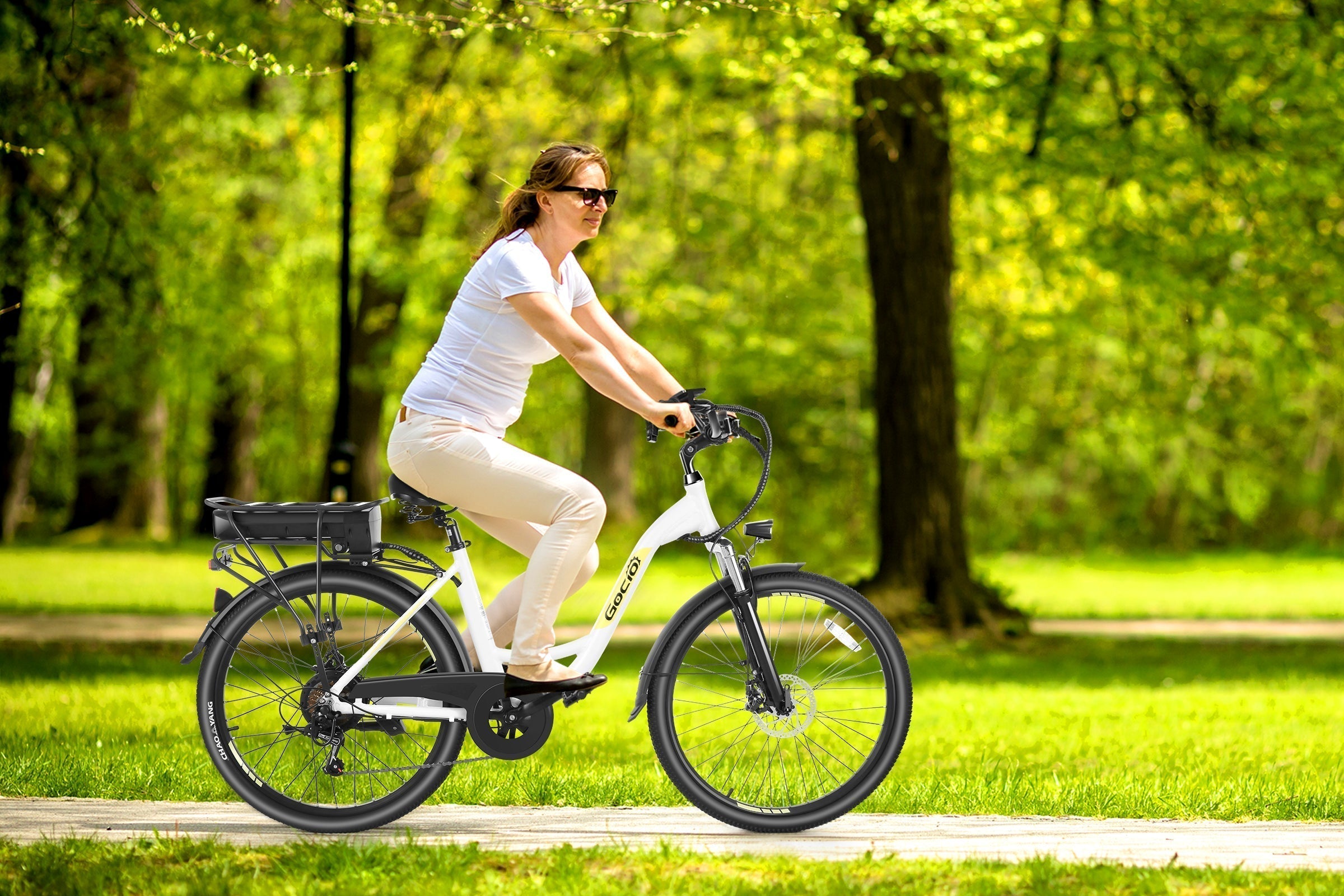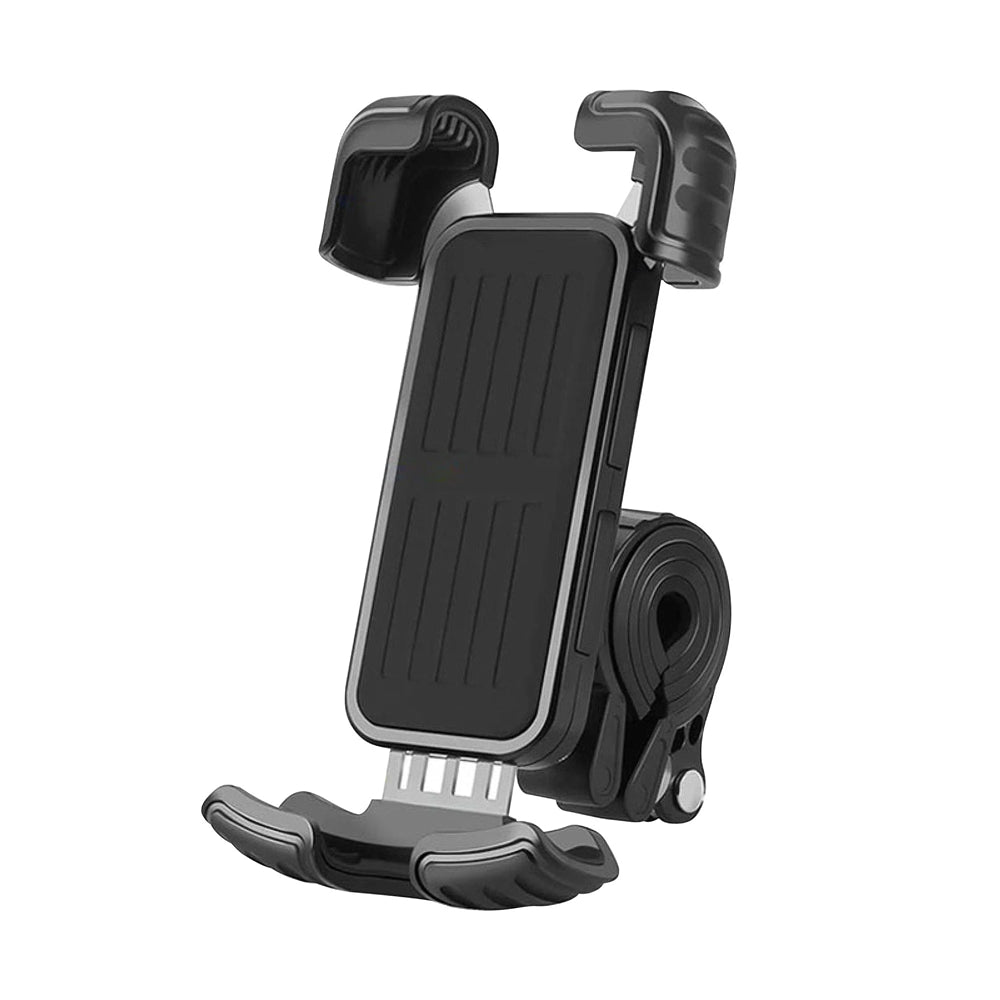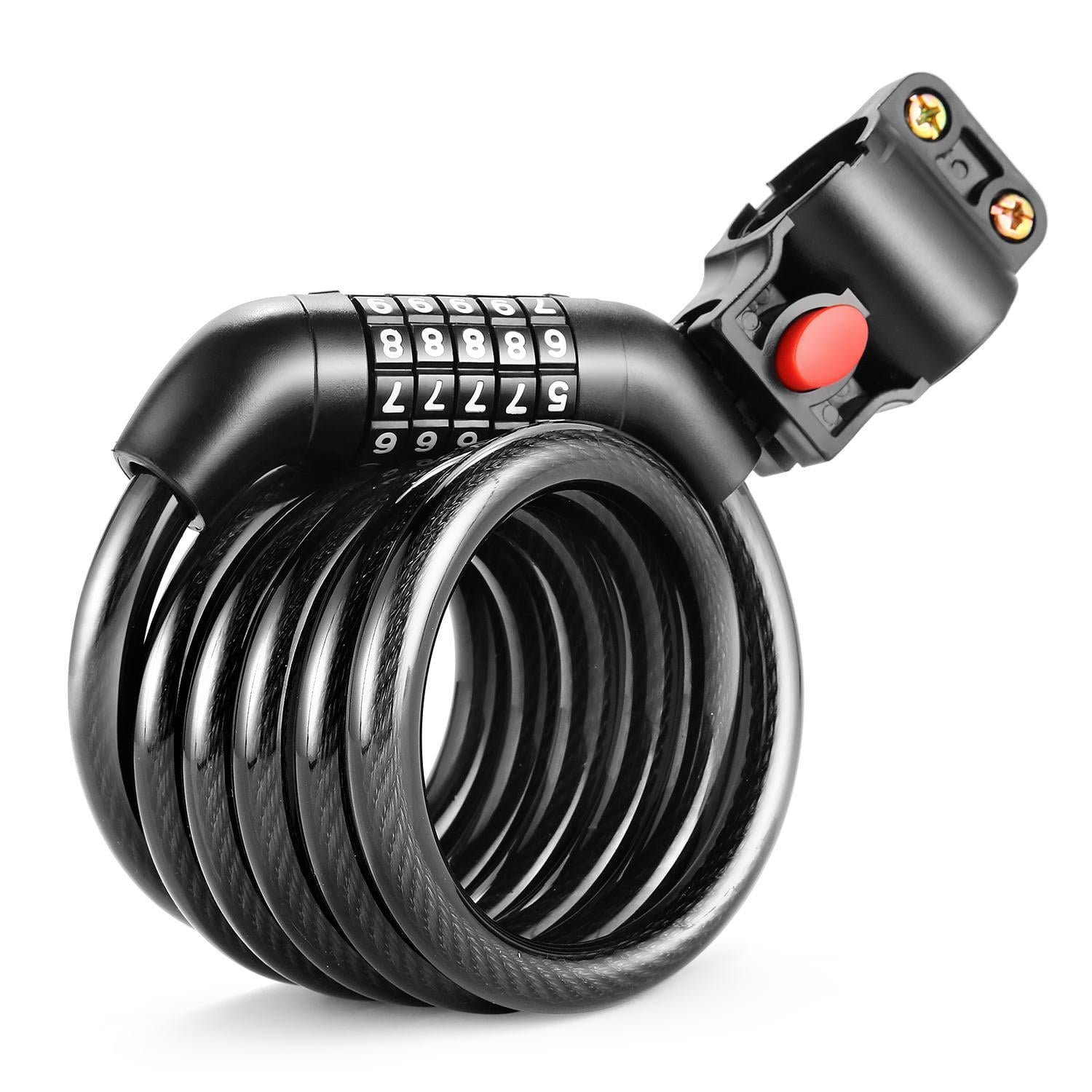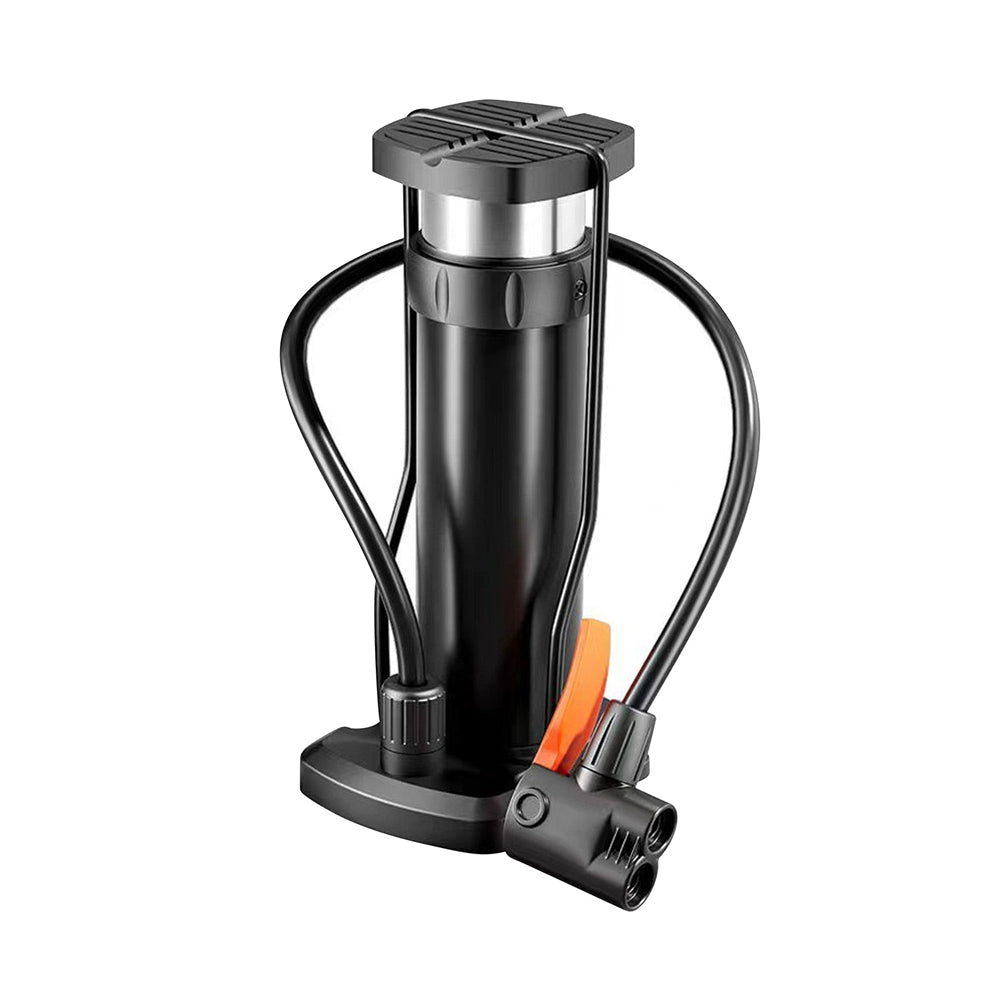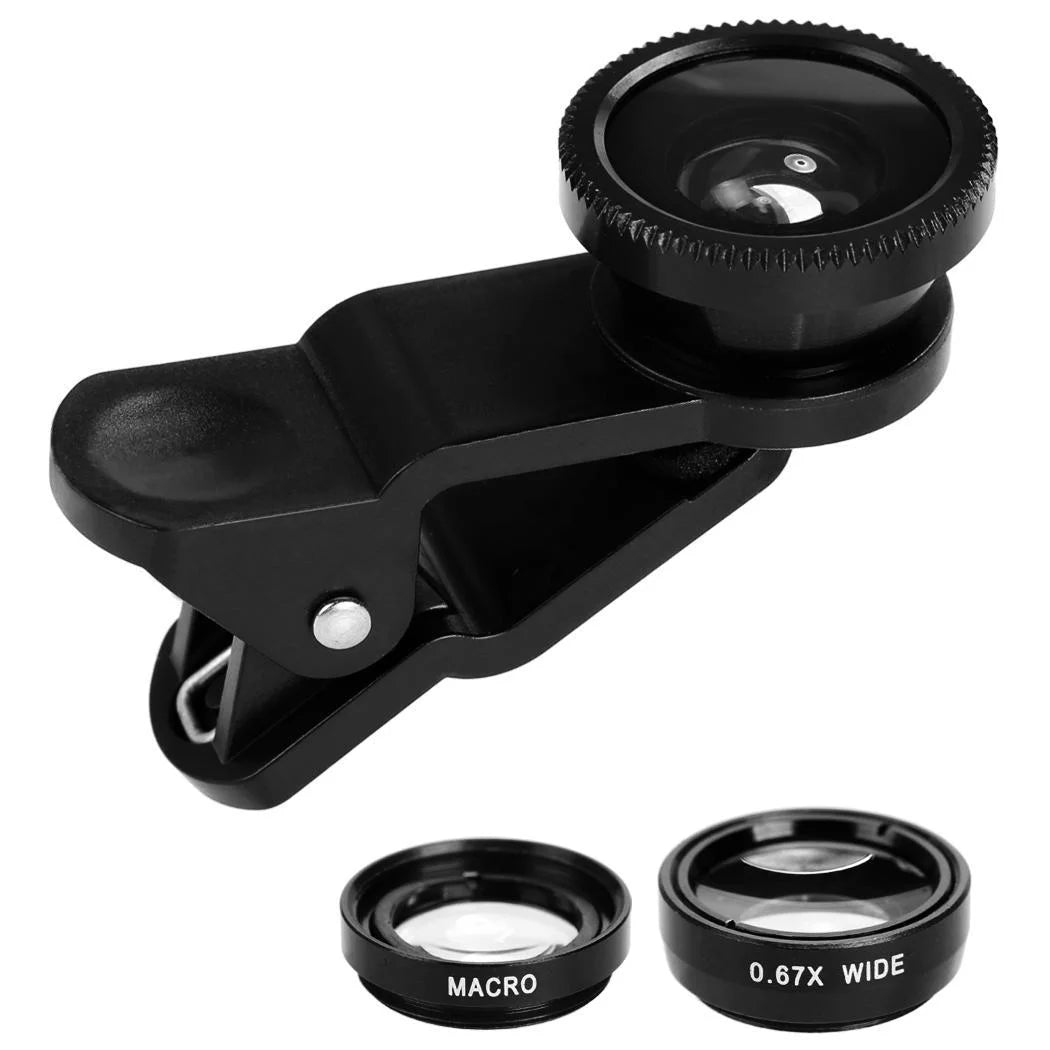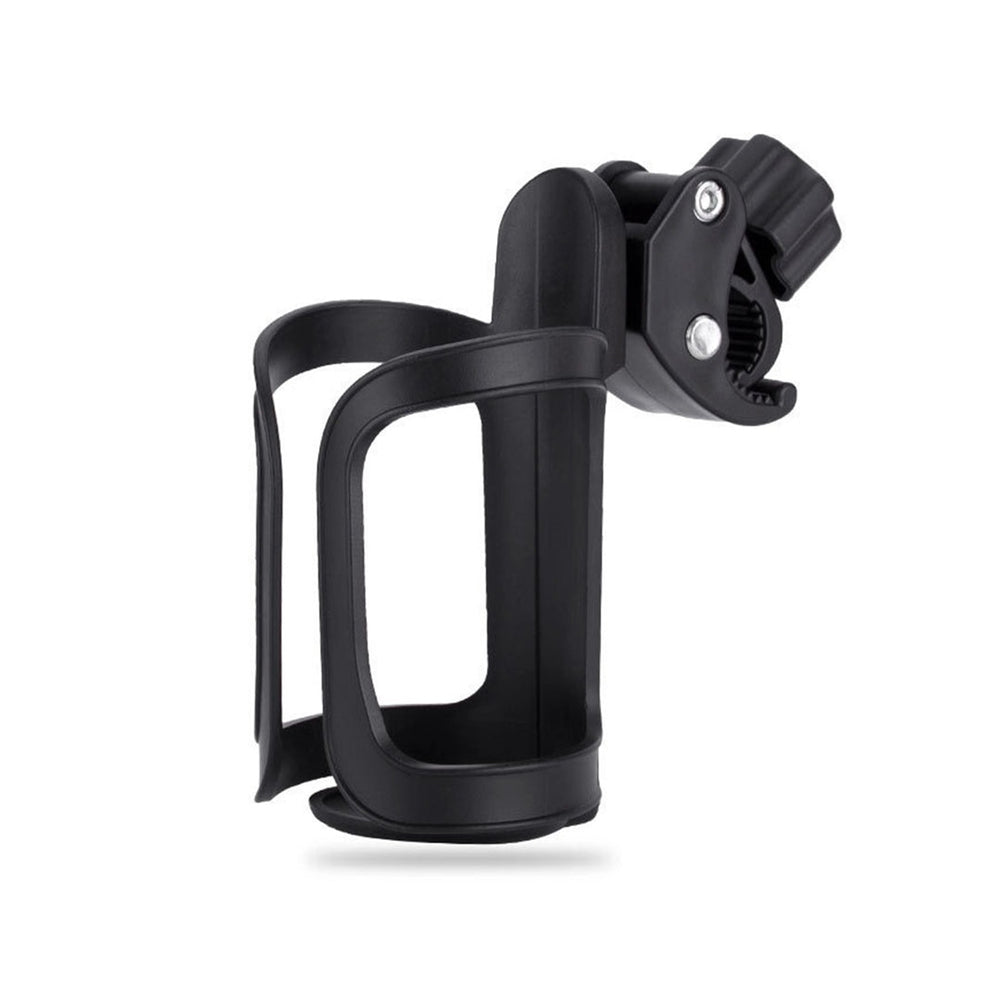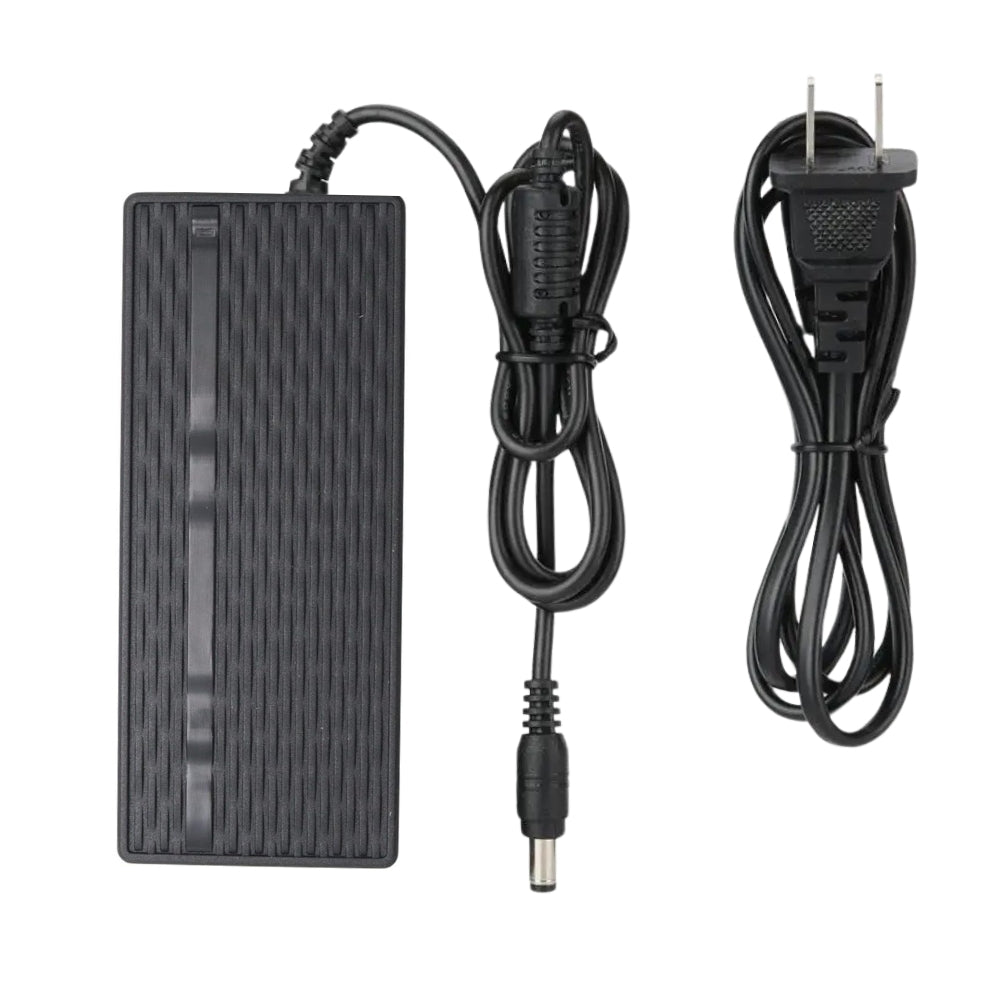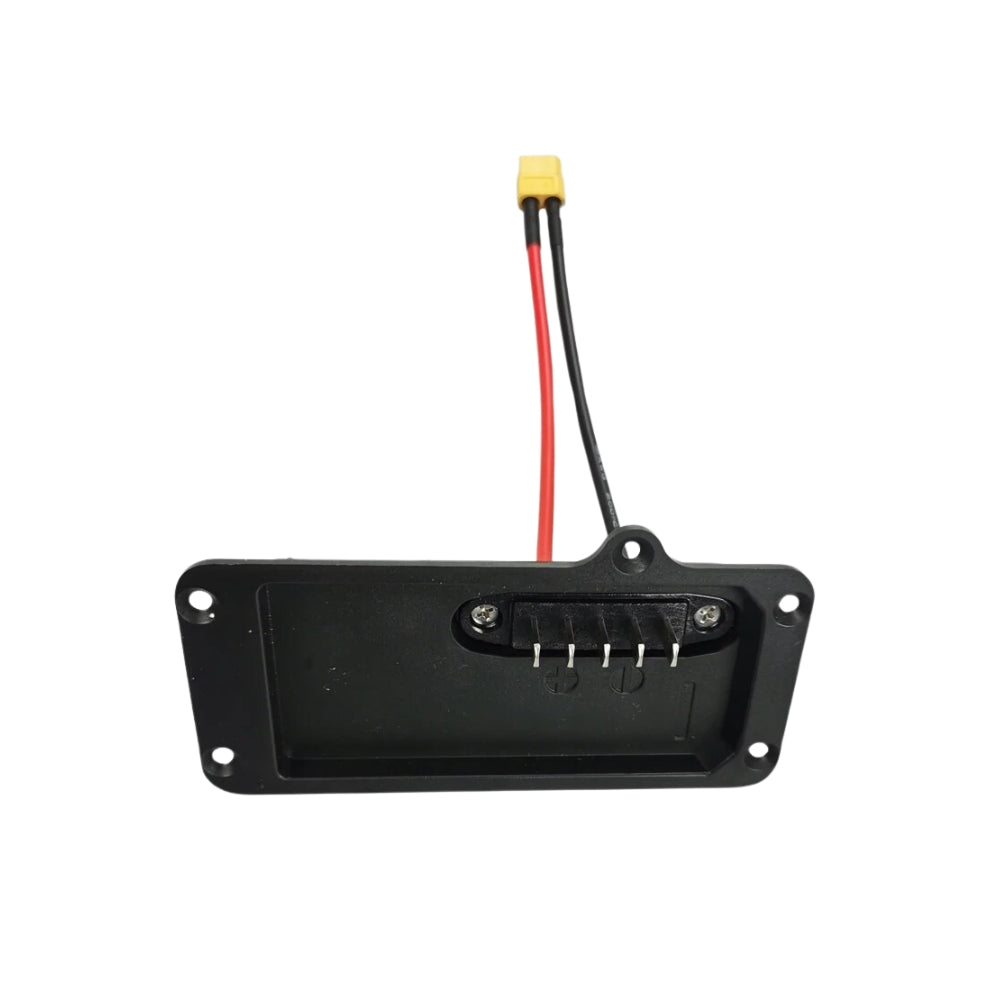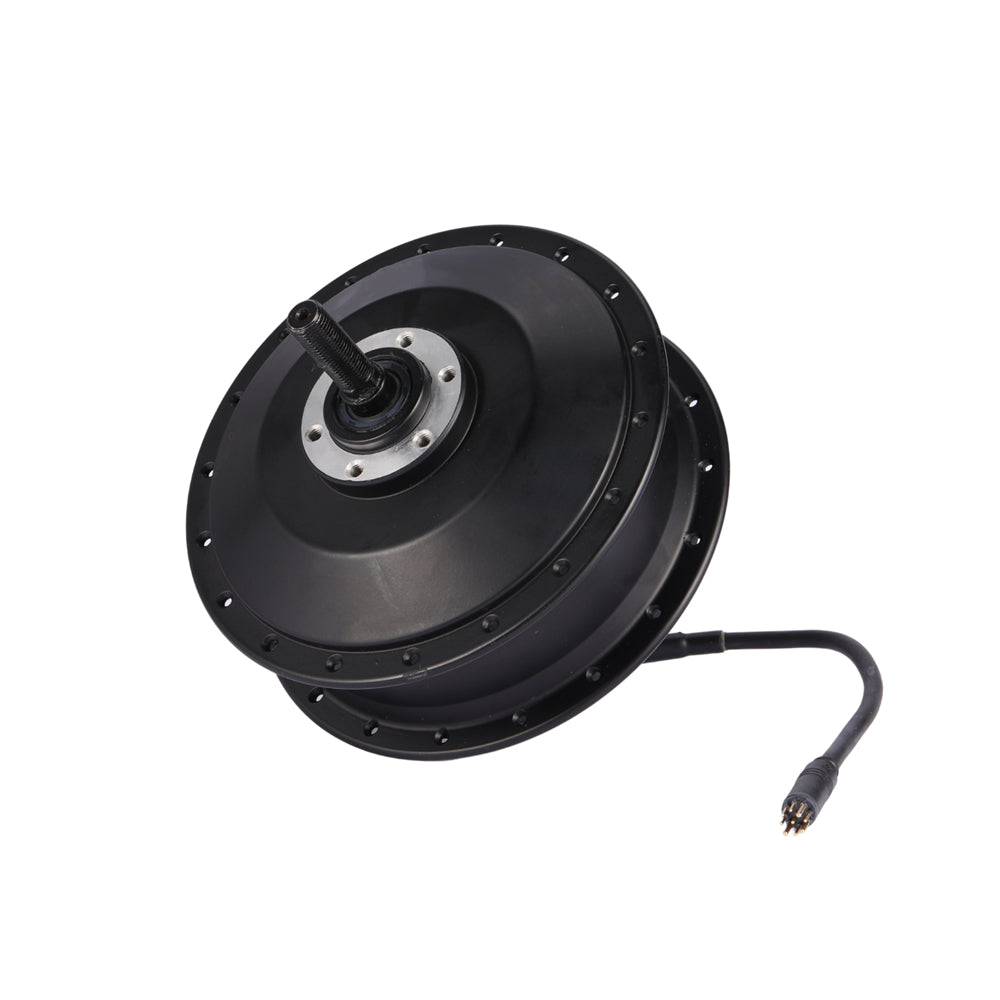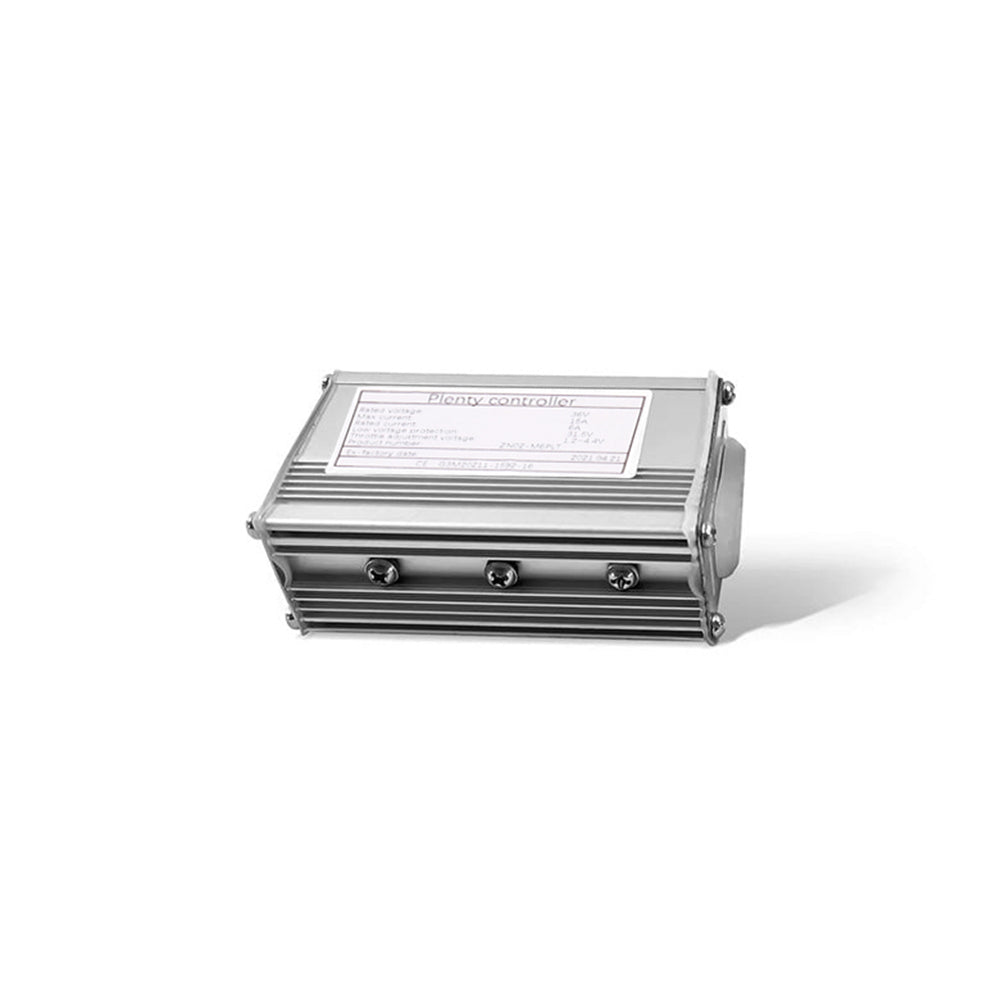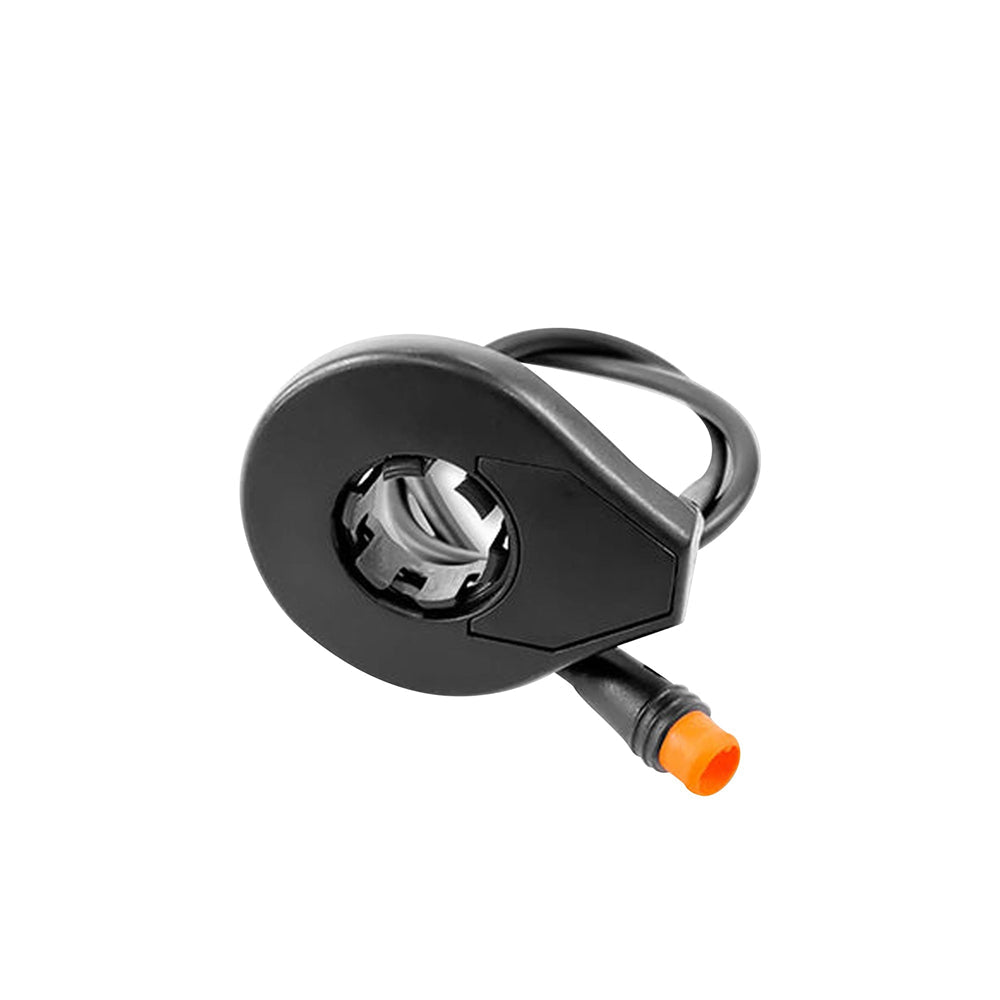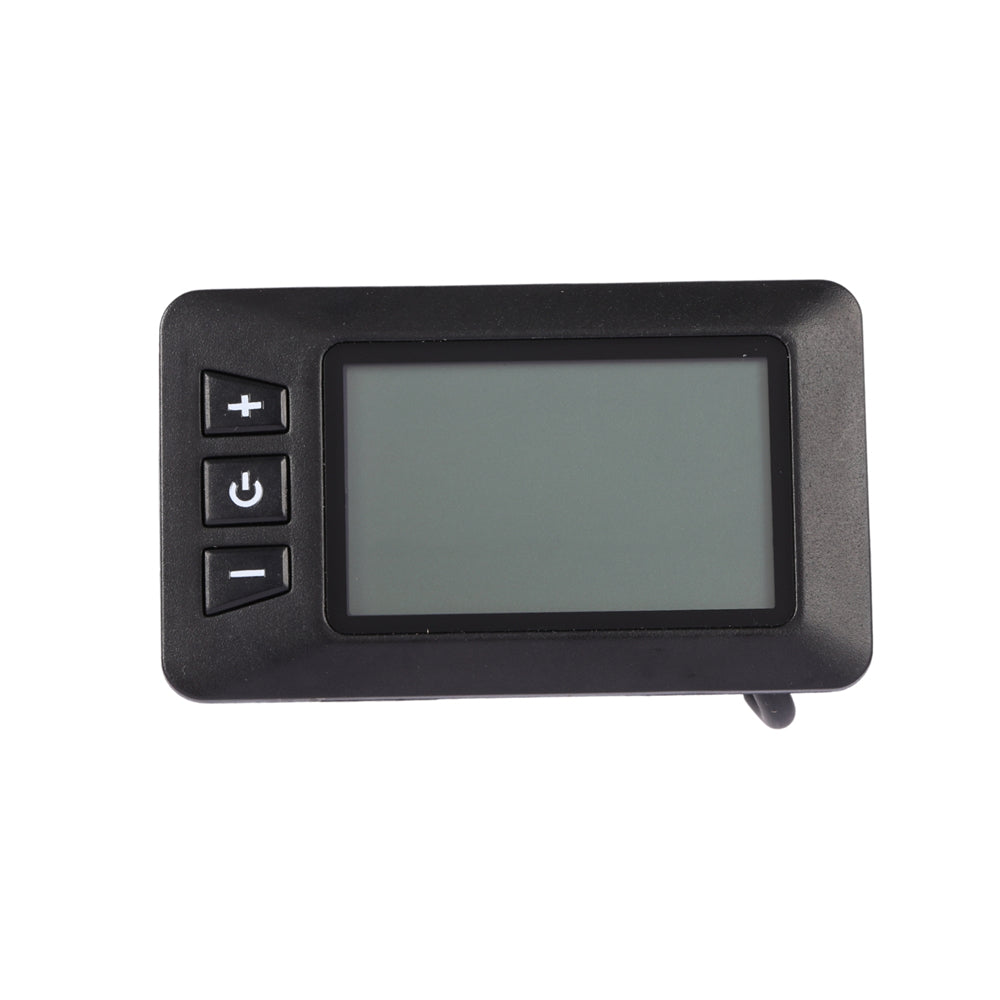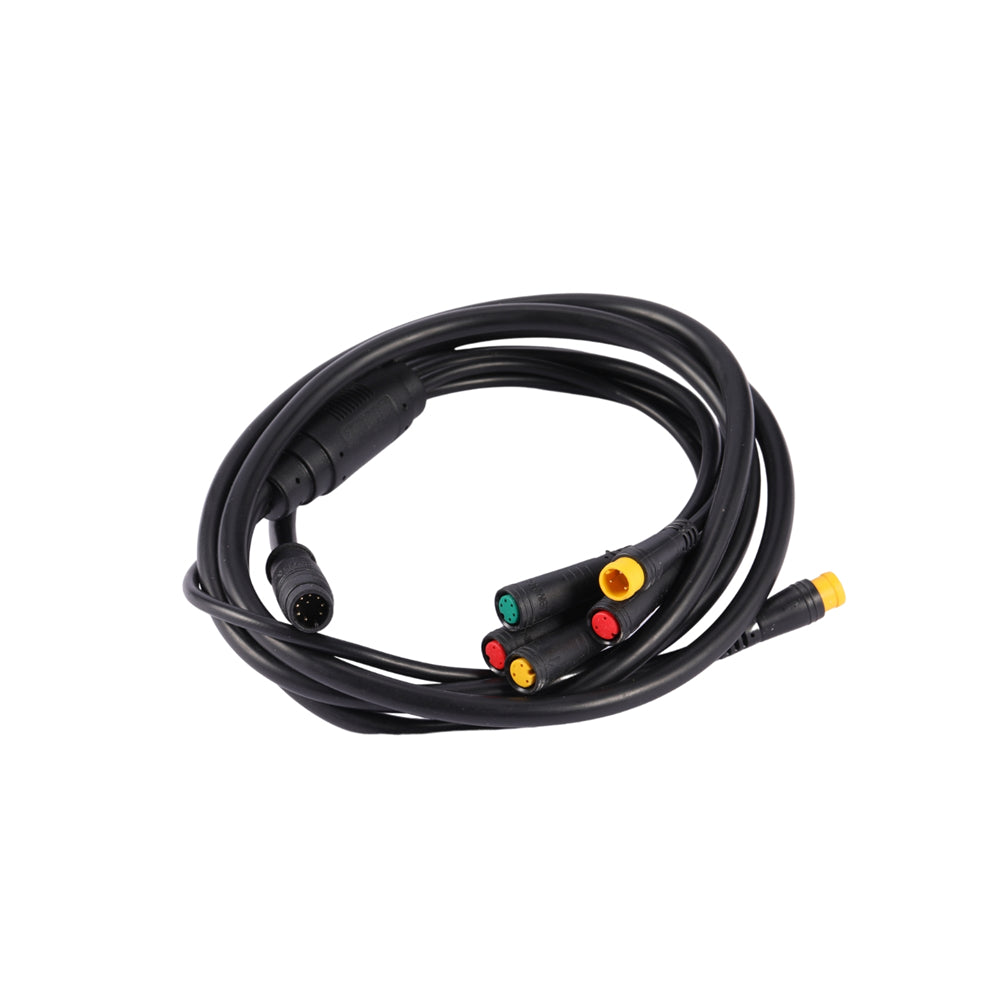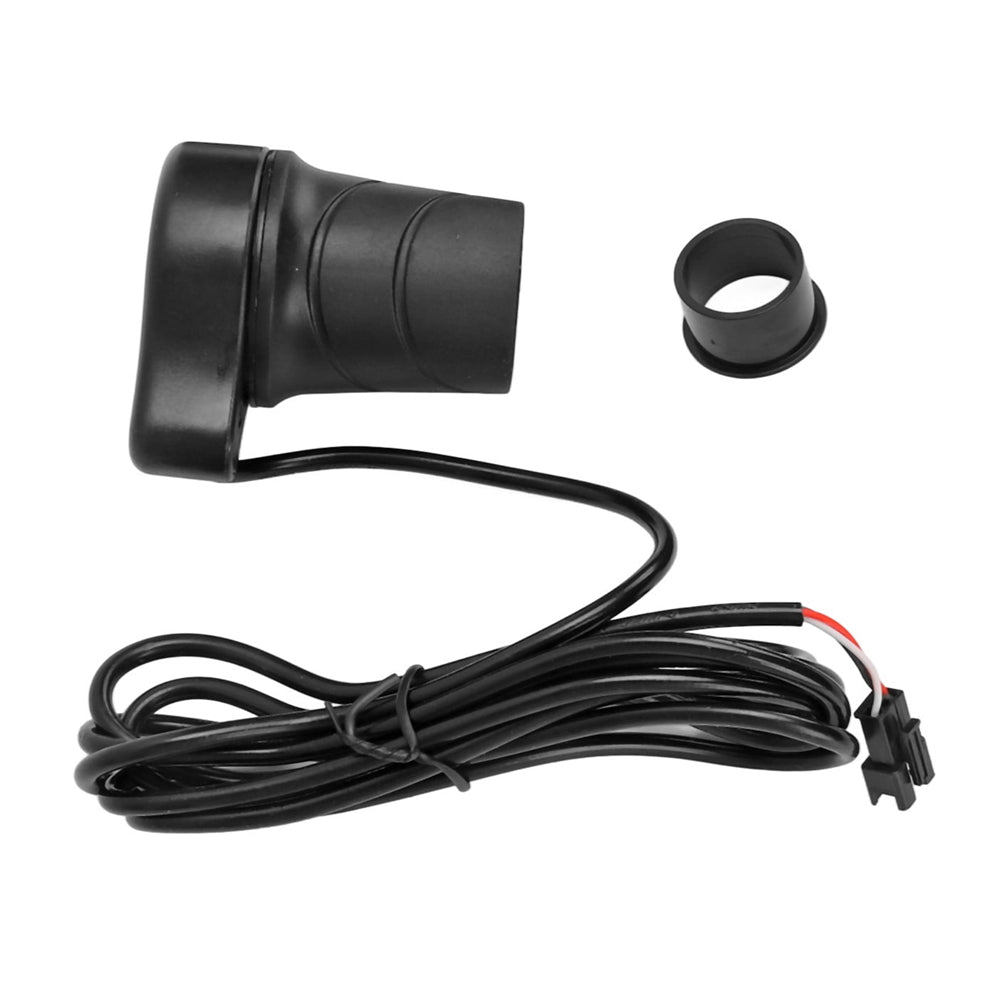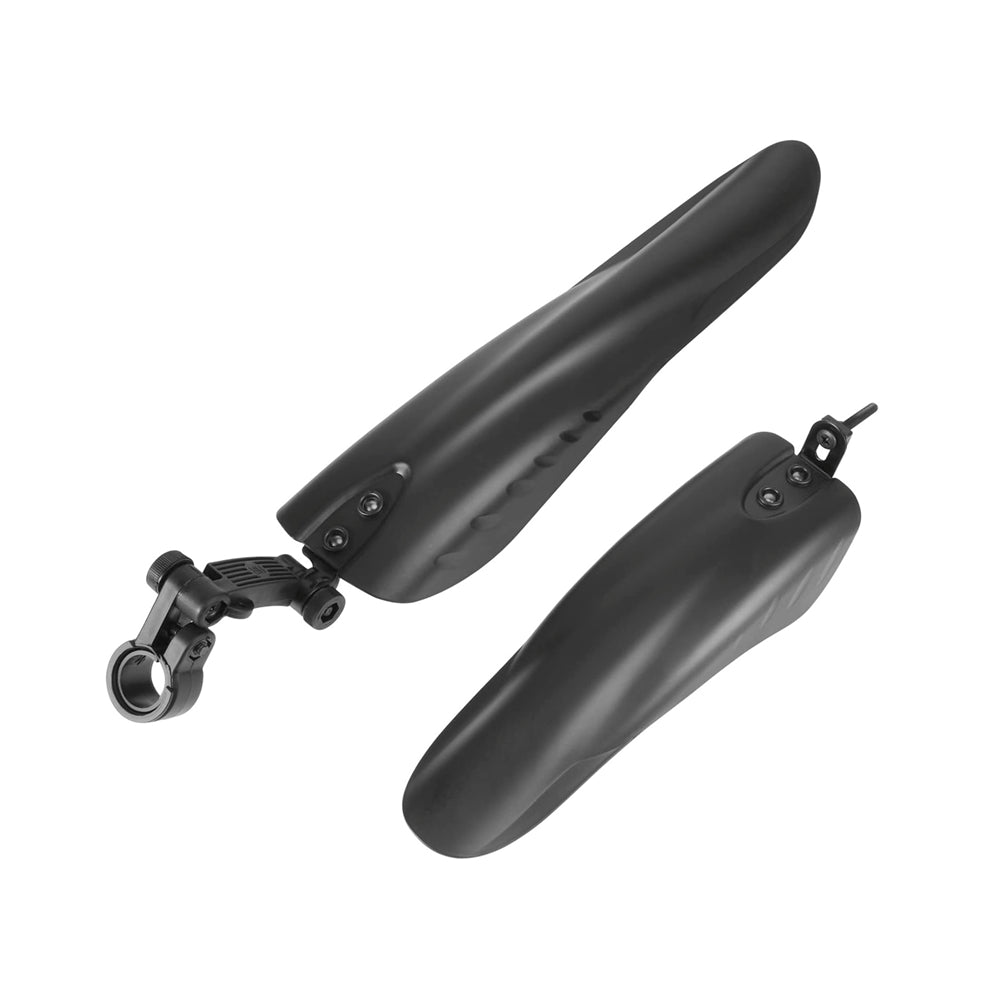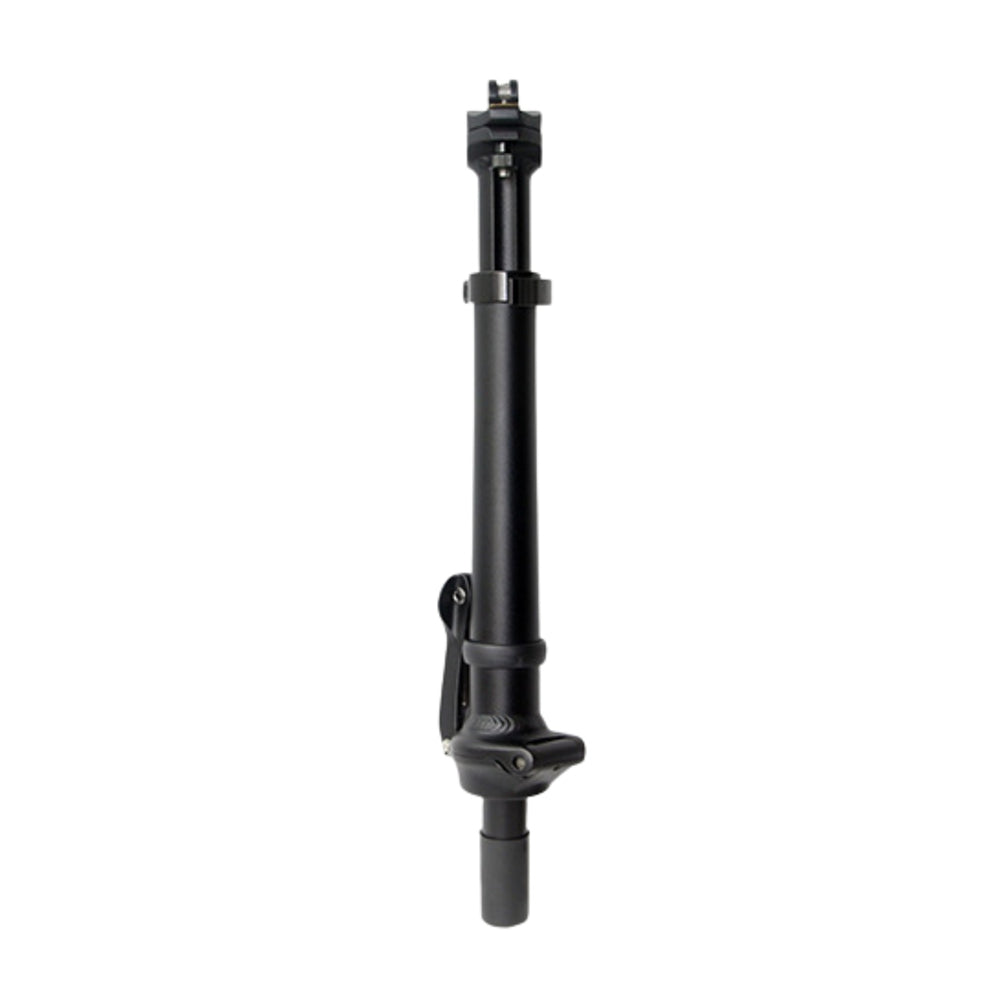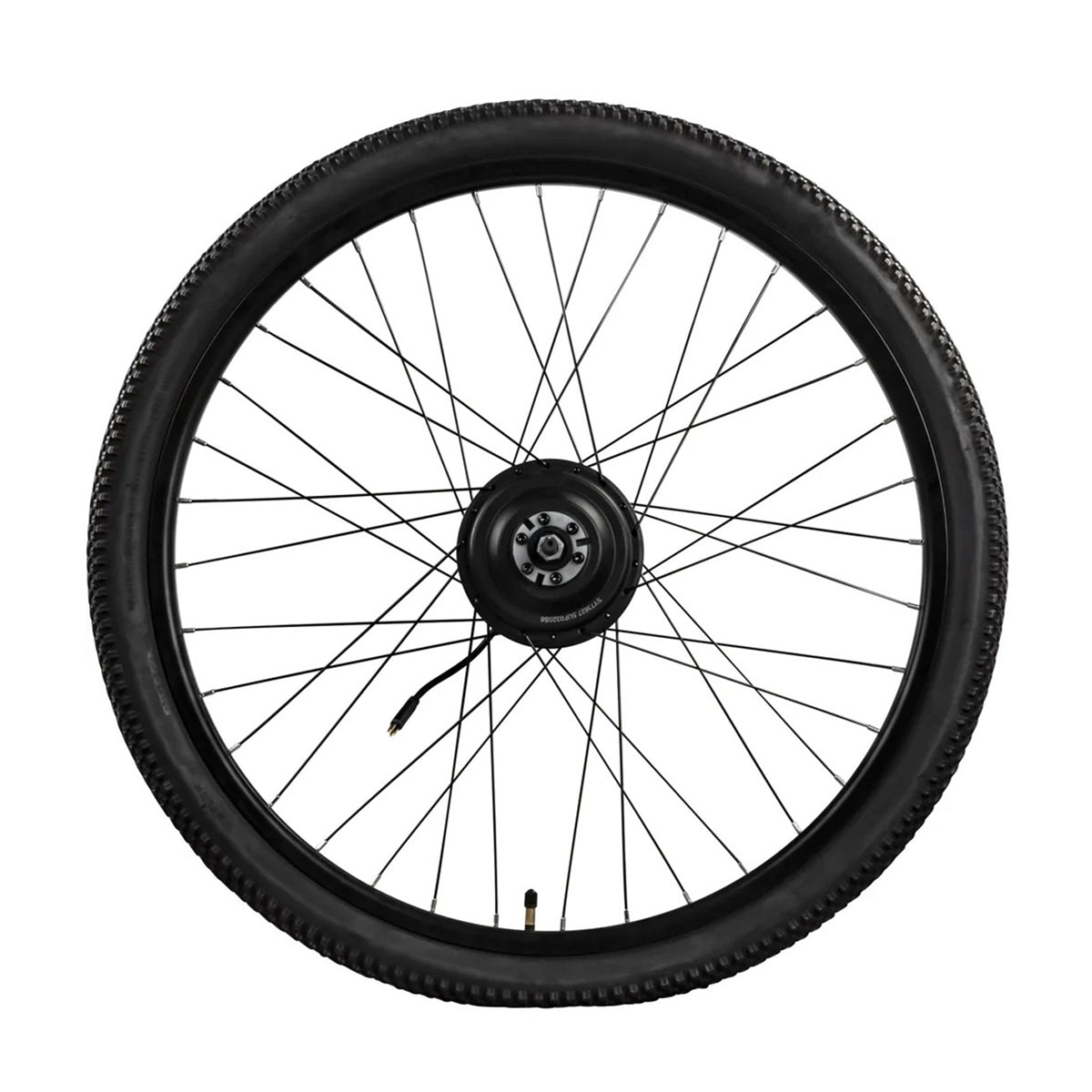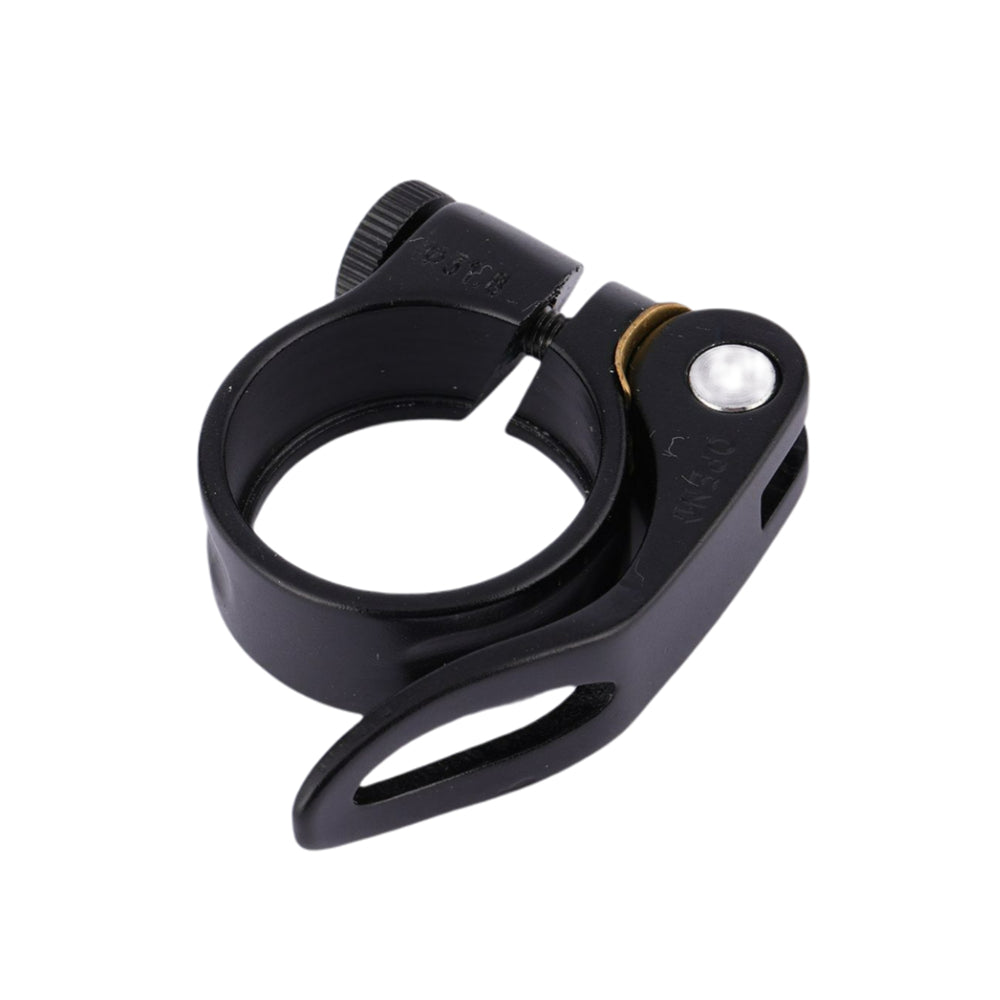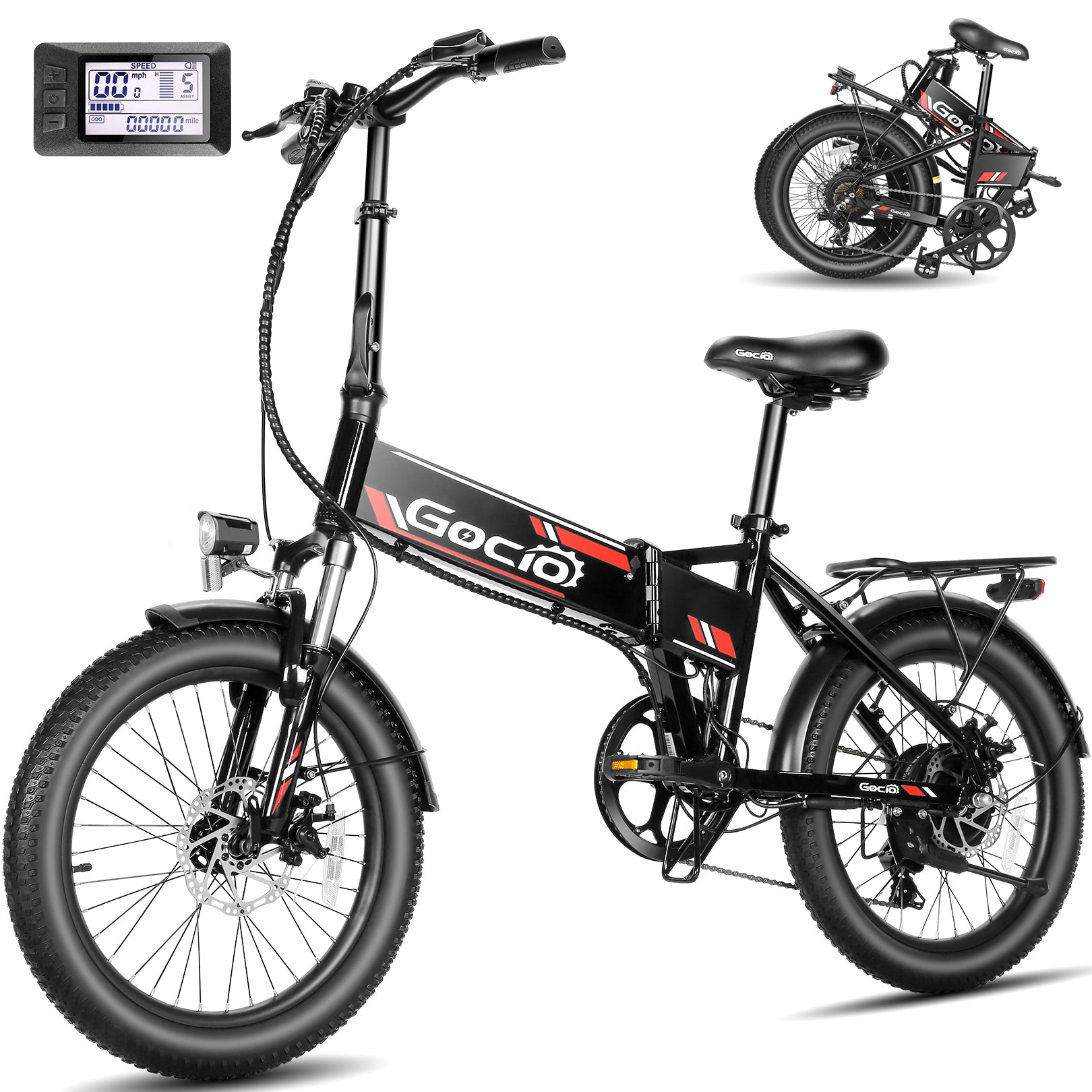Electric bikes, or e-bikes, are rapidly transforming the way Americans commute, explore, and enjoy the outdoors. With their pedal-assist technology and eco-friendly nature, e-bikes offer a compelling alternative to traditional transportation, reducing carbon emissions, easing traffic congestion, and promoting healthier lifestyles. As their popularity surges, so too has the recognition from policymakers of their immense potential. This has led to a growing number of electric bike subsidies across the United States, designed to make these innovative vehicles more accessible and affordable for everyone.
This comprehensive guide will delve into the exciting world of e-bike subsidies, exploring the proposed federal initiatives, the diverse landscape of state and local programs, and how you can tap into these financial incentives to power up your own ride.
The Promise of a Federal Boost: The E-BIKE Act
At the forefront of nationwide e-bike advocacy is the proposed Electric Bicycle Incentive Kickstart for the Environment (E-BIKE) Act. This legislation, which has been reintroduced in Congress, represents the most significant potential federal push to accelerate e-bike adoption across the country. While it's crucial to remember that this act is still pending approval, its passage would be a game-changer for prospective e-bike owners.
If enacted, the E-BIKE Act would introduce a 30% refundable tax credit, capped at a maximum of $1,500 per e-bike. This means that eligible individuals could receive a substantial portion of their e-bike purchase price back when filing their federal taxes. To qualify for this credit, the e-bike would need to cost less than $8,000. The proposed legislation also outlines frequency limits, allowing individuals to claim the credit once every three years, with married couples filing jointly potentially able to claim it twice within the same timeframe.
Furthermore, the E-BIKE Act includes income phase-outs to ensure the benefits are directed towards those who can most benefit from the savings. Typically, these income limitations are set around $75,000 for single filers, $225,000 for heads of households, and $150,000 (though some sources indicate $300,000) for joint filers. Beyond the financial aspects, the act also specifies eligibility requirements for the e-bikes themselves: they must have a motor under 750 watts, be classified as Class 1, 2, or 3 (meaning they have functional pedals and a limited top speed with motor assistance), and meet UL 2849 safety certification standards, ensuring a baseline of quality and safety for consumers.
The potential impact of the E-BIKE Act is immense. By offering a significant federal incentive, it could dramatically lower the barrier to entry for many Americans, making e-bikes a more viable and attractive transportation option. This, in turn, could lead to a widespread shift towards cleaner commuting, healthier lifestyles, and a reduction in traffic congestion and air pollution across the nation.
A Patchwork of Possibilities: State and Local E-Bike Programs
While the federal E-BIKE Act awaits its fate, a vibrant and expanding network of state and local e-bike subsidy programs is already making a tangible difference for riders across the U.S. These initiatives, often in the form of rebates, vouchers, or tax exemptions, demonstrate a growing recognition at the local level of the benefits e-bikes bring to communities.
The specifics of these programs vary widely, reflecting the diverse needs and priorities of different regions. Here's a closer look at some prominent examples and the common features you might encounter:
California: A Leader in E-Bike Incentives As a state committed to environmental initiatives, California has been at the forefront of e-bike subsidies. The California E-Bike Incentive Project, a statewide program, offers substantial vouchers, often up to $2,000, for income-qualified residents. This project typically operates in application windows, with funding prioritized for low-income Californians and those living in disadvantaged communities. Beyond the statewide effort, numerous local programs exist. For instance, in Contra Costa County, residents can receive rebates of $150, or up to $500 for income-qualified individuals. The "Replace Your Ride" program in Los Angeles, Riverside, San Bernardino, and Orange Counties even allows residents to trade in an older car for up to $7,500 towards an e-bike, among other clean transportation options. These programs highlight California's comprehensive approach to promoting e-bike adoption as a key component of its clean transportation goals.
Colorado: Immediate Savings at the Point of Sale Colorado has emerged as a leader in e-bike incentives, offering both statewide and local programs. The Colorado statewide e-bike tax credit provides an immediate discount of $450 at participating retailers for all residents, with higher amounts available for income-qualified individuals (up to $1,100, plus additional for cargo bikes and accessories). This point-of-sale approach makes the savings instantly accessible, removing the need to wait for tax refunds. Denver's Climate Rebates program is another highly popular initiative, offering rebates ranging from $300 to $1,400 depending on income and bike model, with applications often awarded on a first-come, first-served basis.
Minnesota: Income-Based Support for Broader Access Minnesota has also made significant strides with its statewide e-bike rebate program, which launched with substantial funding. This program offers tiered rebates based on income, covering 50% to 75% of the purchase price, up to $1,500. This income-based approach ensures that the subsidies are most impactful for those who might otherwise find e-bike ownership financially challenging, promoting equitable access to sustainable transportation.
Washington State & D.C.: Expanding Access and Targeting Specific Needs Washington State has allocated millions for e-bike rebates (up to $1,200) and e-bike lending programs, demonstrating a commitment to broader adoption. In Washington D.C., the District Electric Bicycle Incentive Program offers generous rebates, with low-income residents potentially receiving up to $2,000 for cargo e-bikes and $1,500 for standard e-bikes. Higher-income applicants can also receive substantial rebates. Notably, D.C. has also piloted programs specifically targeted at delivery workers, recognizing the vital role e-bikes can play in urban logistics.
Other Notable State and Local Programs:
-
Connecticut: Offers vouchers of $500 for standard e-bikes and $1,000 for cargo e-bikes, with income limitations and requirements for e-bike specifications (e.g., price cap, warranty, fire-resistant battery).
-
Florida: While a statewide bill for a tax credit is still pending, Florida offers sales tax exemptions on e-bike purchases, and cities like Tampa have offered voucher programs (though some may be closed for the current year).
-
Hawaii: Provides a 20% discount (up to $500) for residents who meet specific criteria, such as not owning a car, participating in low-income assistance programs, or being enrolled as a student.
-
Maine: The "Electrify Everything Program" offers rebates for e-bikes and e-cargo bikes in certain areas like South Portland.
-
Massachusetts: Features rebates ranging from $500 to $750, along with a 30% refundable tax credit option.
-
New York: The "Ride Clean Act" provides $1,000 instant rebates with income limits, and New York City offers an additional $500 trade-in rebate for gasoline-powered vehicles.
-
Oregon: Offers rebates of up to $250 for standard e-bikes and up to $750 for low-income buyers, with specific programs like Portland's "Go By Bike Incentive."
-
Rhode Island: The Erika Niedowski Memorial Electric Bicycle Rebate Program provides up to $350 (standard) or $750 (income-qualified) for e-bikes purchased from physical shops in Rhode Island or online stores based in the state.
-
Utah: Clean Air Salt Lake City E-bike Incentive offers rebates ranging from $300 to $1,300.
-
Vermont: Offers various programs, including "Replace Your Ride" which helps low-income Vermonters replace older vehicles with e-bikes, and "Electrify Your Fleet" for municipalities and businesses.
Beyond these state-level initiatives, many cities, counties, and even local utility companies are stepping up to offer their own incentives. These can include direct rebates, low-interest loans, or even programs that allow residents to trade in older, less efficient vehicles for e-bikes.
The Benefits of E-Bike Subsidies: A Win-Win for All
The proliferation of e-bike subsidies is not merely about making a purchase more affordable; it's a strategic investment in a more sustainable, healthier, and economically vibrant future. The benefits extend far beyond the individual rider:
-
Environmental Impact: E-bikes are zero-emission vehicles, and by encouraging their adoption, these subsidies directly contribute to reducing greenhouse gas emissions and improving air quality, particularly in urban areas. Every car trip replaced by an e-bike ride means less pollution in our communities.
-
Reduced Traffic Congestion: As more people opt for e-bikes for their commutes and errands, the number of cars on the road decreases, leading to less traffic congestion and shorter travel times for everyone.
-
Improved Public Health: E-bikes promote physical activity, even with the motor assist. They make cycling accessible to a wider range of people, including those with physical limitations or longer commutes, encouraging a more active lifestyle.
-
Economic Savings: For individuals, e-bikes offer significant savings compared to car ownership, including fuel costs, parking fees, insurance, and maintenance. Subsidies amplify these savings, making e-bike ownership even more financially attractive.
-
Enhanced Accessibility and Equity: Many subsidy programs are specifically designed with income qualifications, ensuring that e-bikes are accessible to low-income communities who may rely on expensive or unreliable transportation options. This promotes equity in access to clean and efficient mobility.
-
Support for Local Businesses: Many programs require e-bikes to be purchased from participating local bike shops, which directly supports small businesses and strengthens local economies.
Navigating the Application Process: Your Path to Savings
While the specific application process varies by program, there are common steps and requirements you can expect when seeking an e-bike subsidy:
-
Research Local Programs: Start by checking your state's Department of Transportation or Energy Office websites, as well as your city or county government's official pages. Many local utility companies also offer rebates. Websites like PeopleForBikes, Rad Power Bikes, and Trek Bikes often provide helpful overviews and links to active programs.
-
Understand Eligibility Requirements: Pay close attention to the fine print. This includes income limitations, residency requirements, and specific e-bike criteria (e.g., motor wattage, class, price cap, UL certification). Some programs may also require the e-bike to be purchased from an approved retailer.
-
Gather Required Documentation: You'll likely need proof of purchase (receipts, payment records), e-bike specifications, proof of residency, and income verification if applying for income-qualified incentives.
-
Apply Promptly: Many programs operate on a first-come, first-served basis or have limited funding, so it's often beneficial to apply as soon as possible during open application periods.
-
Stack Your Savings: In most cases, you can combine federal tax credits (if the E-BIKE Act passes) with state and local rebates or vouchers. This "stacking" strategy can lead to substantial overall savings on your e-bike purchase.
The Future of E-Bike Subsidies
The landscape of e-bike subsidies in the U.S. is dynamic and continuously evolving. As the benefits of e-bikes become even more apparent, it's likely that more states and local governments will introduce or expand their incentive programs. The ongoing discussions around the federal E-BIKE Act underscore a growing national recognition of the role e-bikes can play in achieving broader climate and transportation goals.
For consumers, this means more opportunities to access these efficient and enjoyable modes of transportation at a reduced cost. By staying informed about available subsidies and actively seeking them out, you can contribute to a greener future while enjoying the many advantages of electric biking. So, whether you're looking to shorten your commute, explore new trails, or simply embrace a more sustainable lifestyle, now is an excellent time to consider an e-bike, with a growing network of subsidies ready to help you get rolling.

